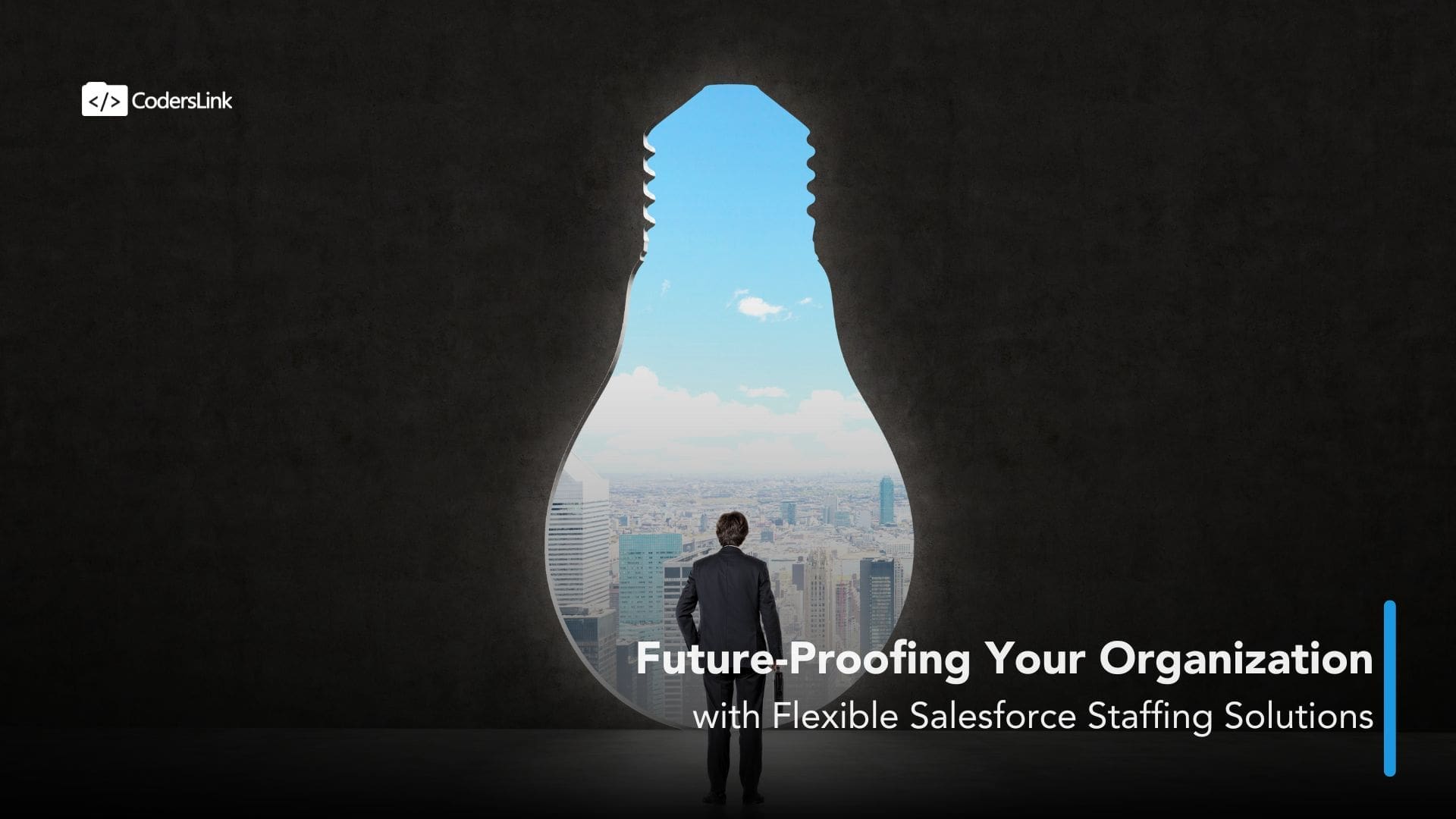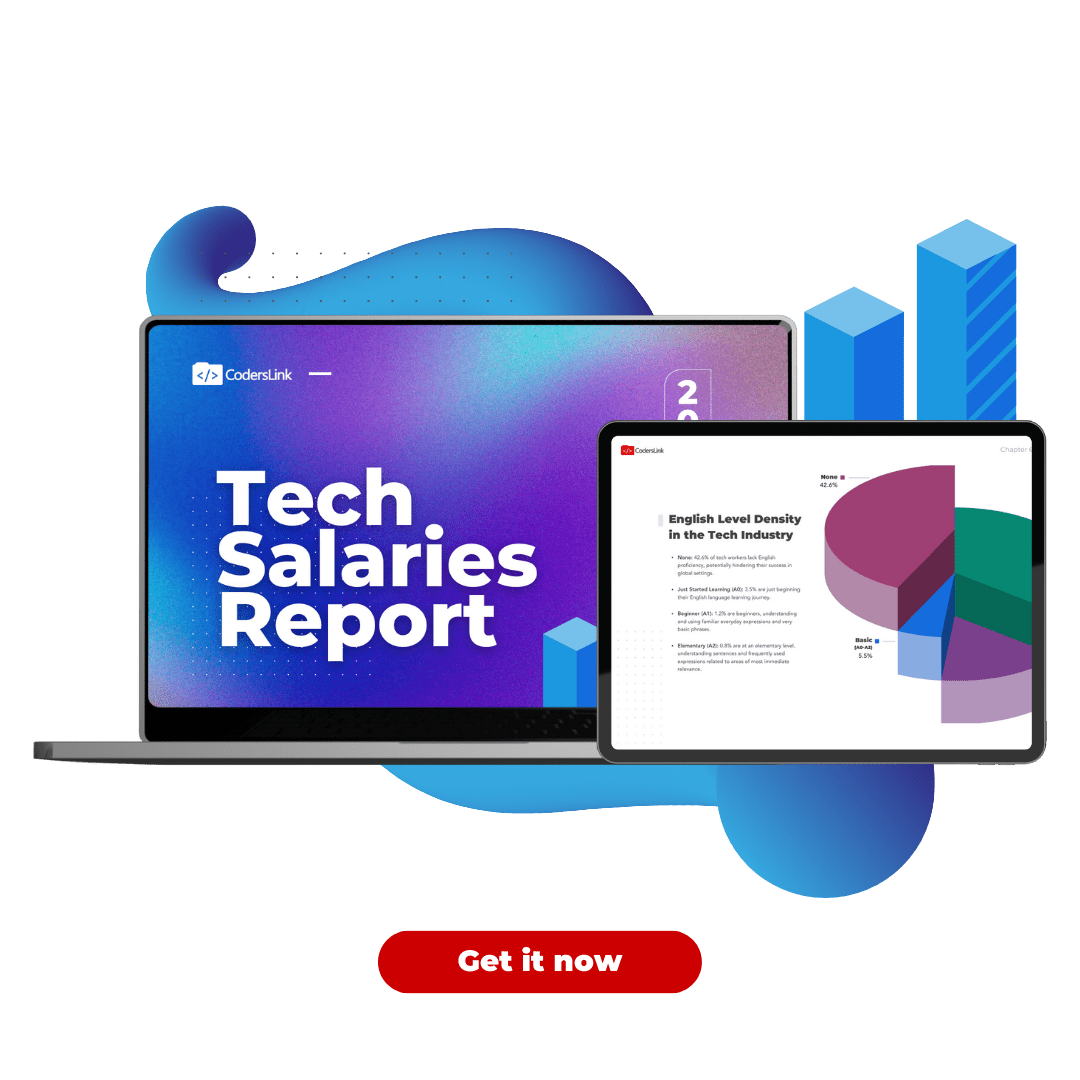
TL;DR
- Adapting to shifting priorities and market pressures often calls for flexible staffing models—contract, full-time, or hybrid.
- Scaling up or down on demand minimizes overhead and speeds up response times.
- Ongoing training and upskilling keep your Salesforce team ready for the latest releases and integrations.
- Thoughtful roadmapping ensures you’re prepared for emerging features like Einstein Analytics and MuleSoft.
Constant Change Demands a Different Approach
Budget cuts, new Salesforce features, and shifting customer expectations can leave even seasoned leaders wondering if their current workforce can keep pace. That uncertainty often leads to rushed hires or underutilized full-timers who might not fit the project pipeline a few months down the road.
The solution? Embracing flexible staffing models that let you pivot as conditions evolve. Flexible engagements can hedge against the unpredictability of major platform updates and give you the freedom to seize new opportunities without being locked into a single type of hire.
Different Ways to Stay Flexible
Not every project or department needs the same level of commitment. A startup might benefit from a contract developer to refine its Salesforce interface, while a global enterprise might build a fully managed team to handle multiple clouds. A few common models include:
Contract-to-Hire: Bring on specialists for a specific duration, then offer full-time positions if it’s a great match.
Project-Based: Ideal for short-term initiatives like a Salesforce integration or a custom app build.
Fully Managed Teams: Transfer end-to-end ownership to an external partner, freeing internal teams for higher-level strategy.
Stat: A Deloitte study revealed that 47% of enterprises plan to expand their external workforce to handle dynamic market demands.
Right-Sizing Your Workforce
Some quarters are lean, while others see a flurry of new projects. That’s where flexible staffing proves invaluable.
Agile Responses: Scale your Salesforce development team up to meet seasonal spikes or major product launches, then reduce headcount once you hit key milestones.
Cost Optimization: Full-time salaries, benefits, and overhead can stress budgets. Paying for expertise only when you need it keeps financial commitments lighter.
Risk Reduction: Relying on a single staffing model can leave gaps in skills. A mix of contract, project-based, and permanent staff fills those gaps without the long-term burden of extra full-time roles.
Insight: According to a 2021 Parker Dewey survey, 80% of hiring managers reported that contract-based staffing allowed them to respond quickly to shifting priorities.
Keep Salesforce Skills Up to Date
Three platform releases a year mean Salesforce never stops evolving. Lightning Web Components, Einstein for analytics, and MuleSoft integrations require specialists who stay current.
Allocated Training: When working with contract or project-based talent, stipulate time for certification updates to ensure your team remains sharp.
Certification Tracking: Salesforce certifications reflect targeted expertise—Platform Developer II differs substantially from Marketing Cloud Consultant. Tailor training paths based on upcoming initiatives.
Cross-Training: Full-time employees and contractors can share knowledge. Pair a newer admin with a seasoned architect, for example, to bridge skill gaps more quickly.
Best Practice: Use Salesforce Trailhead modules to test new features in a safe environment before rolling them out. This approach encourages continuous learning across your entire team.
Setting the Stage for Long-Term Success
A dynamic staffing approach doesn’t just solve immediate problems—it also paves the way for future expansions and innovations.
Roadmapping: Forecast upcoming Salesforce products or features (e.g., Einstein Analytics, MuleSoft connectors) that could reshape how you manage data and automate processes. Align staffing plans with these rollouts.
Strategic Partnerships: A managed services provider or staffing partner can help you plan for eventual growth spurts—like integrating IoT data into Salesforce or leveraging AI-driven insights.
Sustainable Scalability: Flexible staffing means you’re ready to adopt new tools without juggling complicated hiring cycles. As soon as a use case emerges, your staffing partner can connect you with the right talent.
Real-World Example: Large enterprises like Stanley Black & Decker (referenced in Salesforce’s Customer Success Stories) have scaled up specialized teams to integrate new product lines into their Salesforce ecosystem, making their entire organization more responsive.
The Upside of Adaptability
A future-proof organization can handle whatever changes come its way—mergers, new product lines, or even rapid shifts in consumer behavior—because it has the freedom to reshape its workforce quickly. Agile staffing models ensure no one is caught unprepared when new business demands surface.
A partner like CodersLink can speed up this adaptability, offering vetted Salesforce professionals who match your technical requirements and cultural values. Whether you need a short-term solution or a long-term team, flexible models give you control over timing and scope so you can keep pace with evolving goals.


